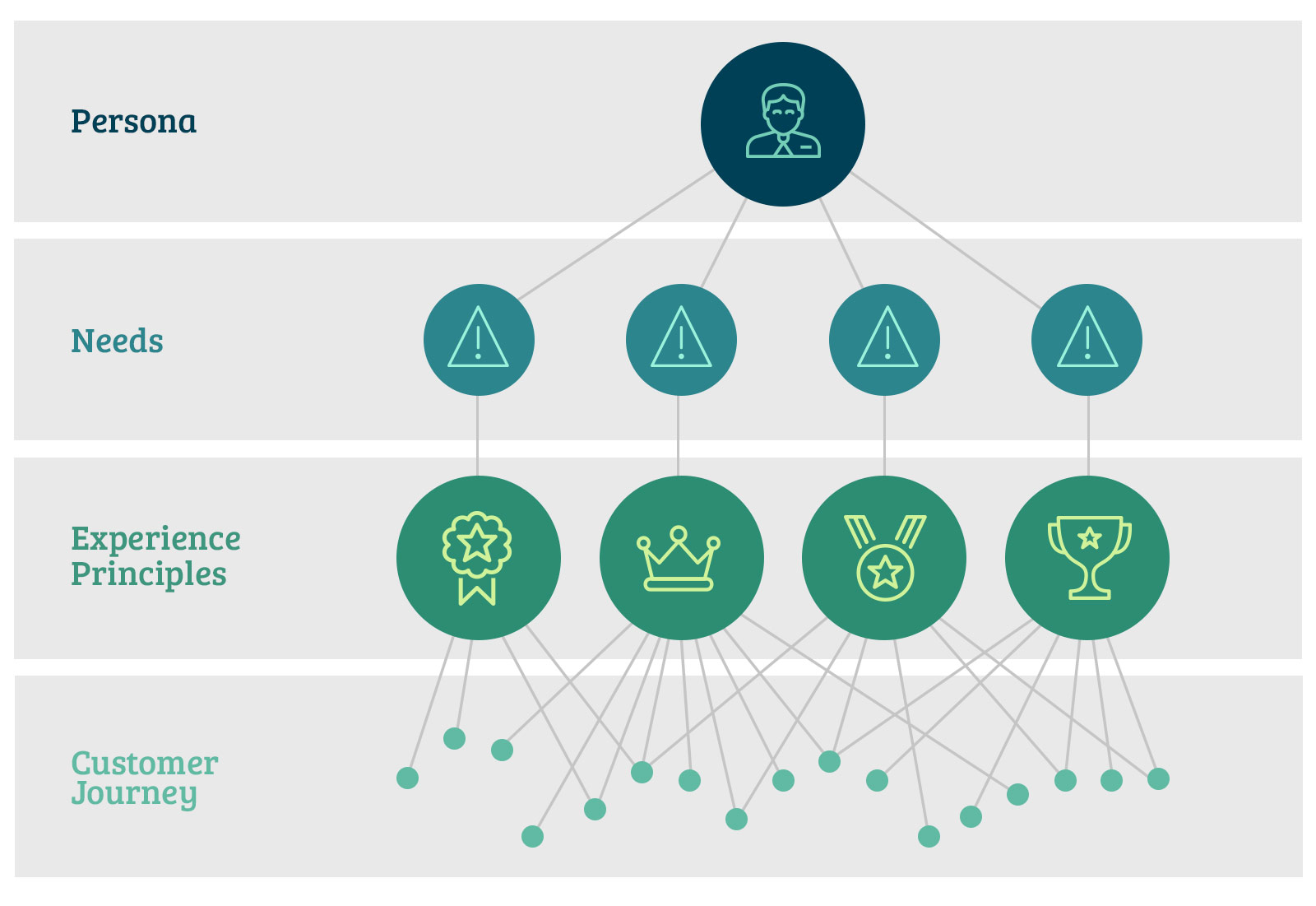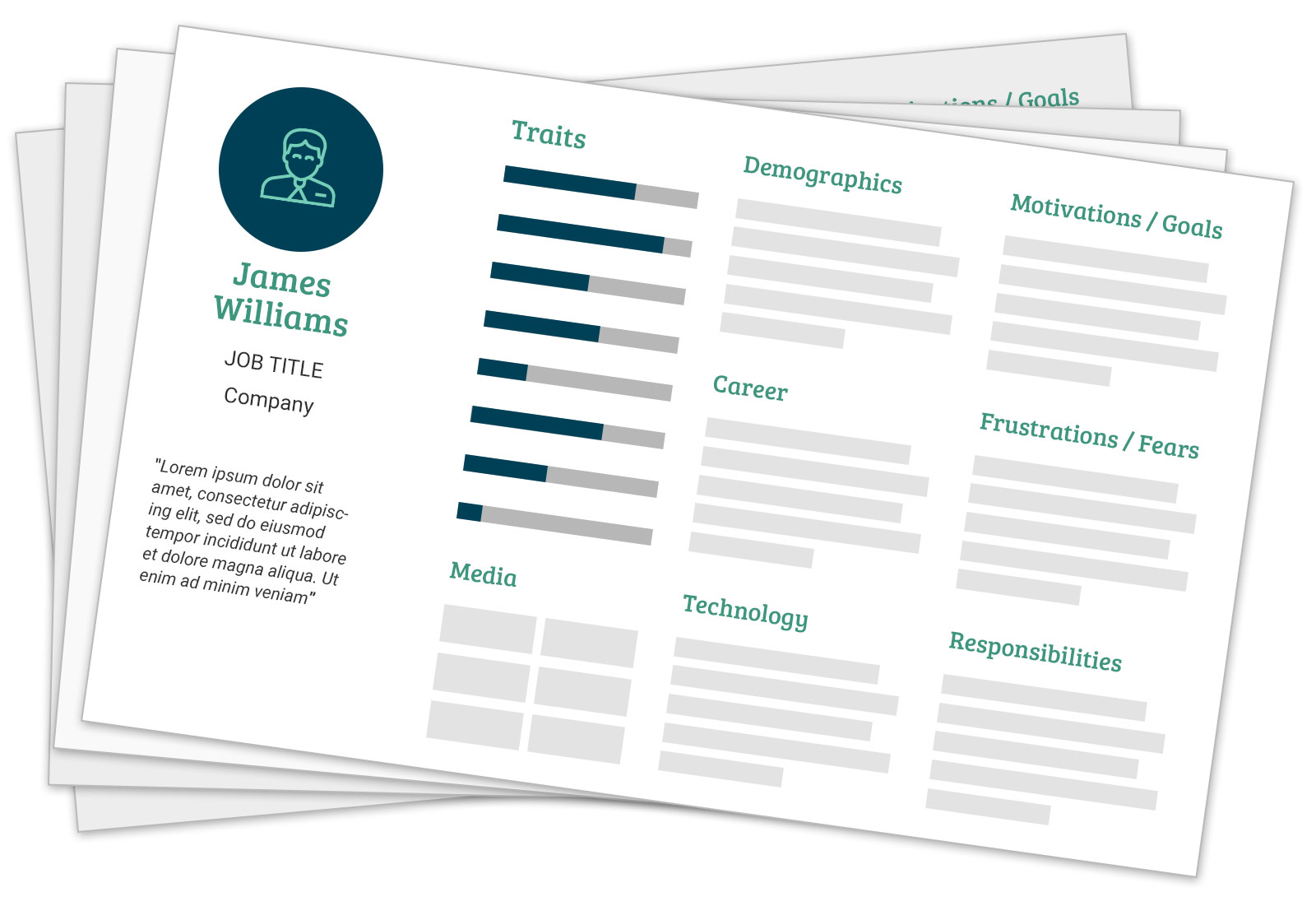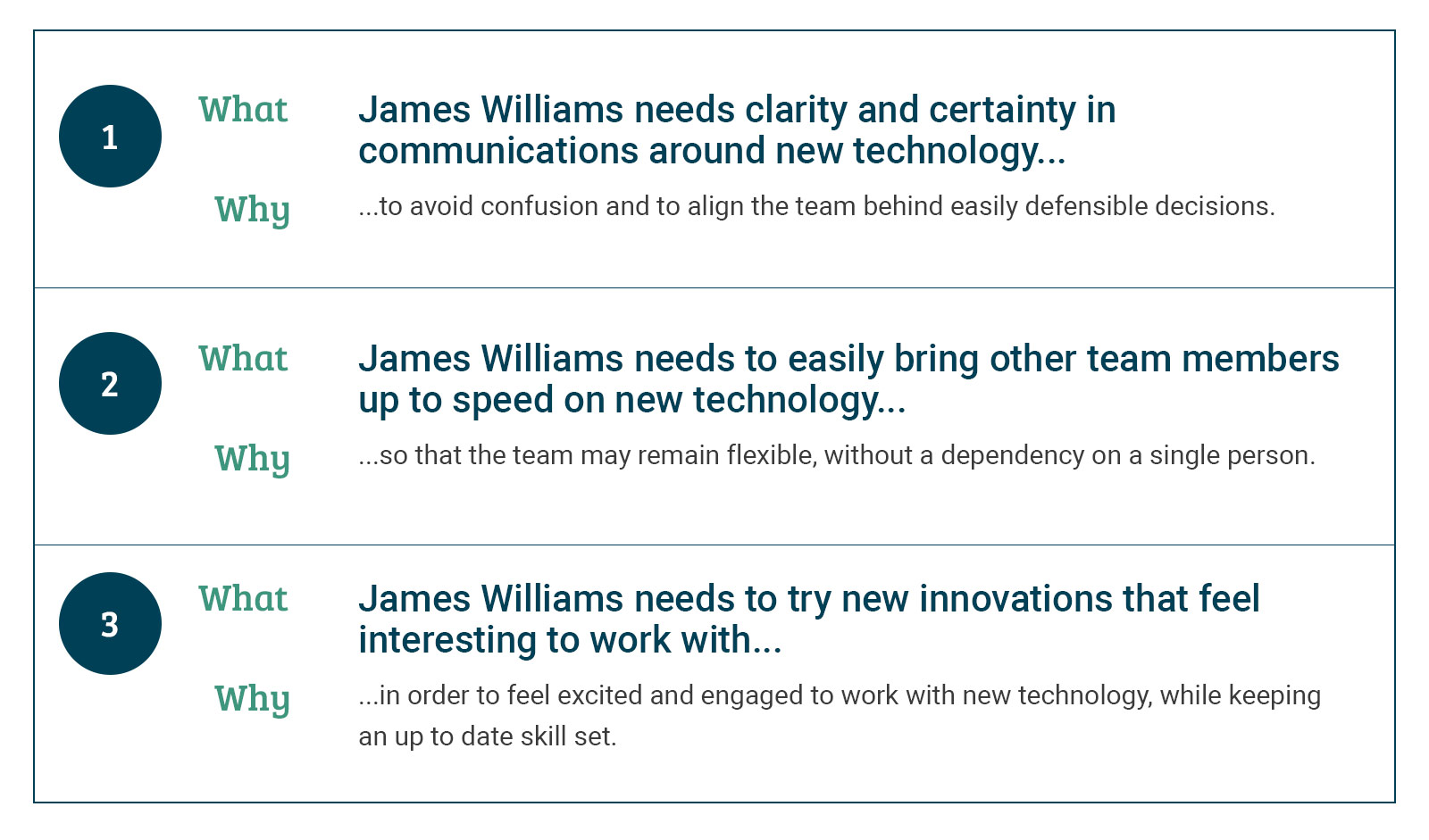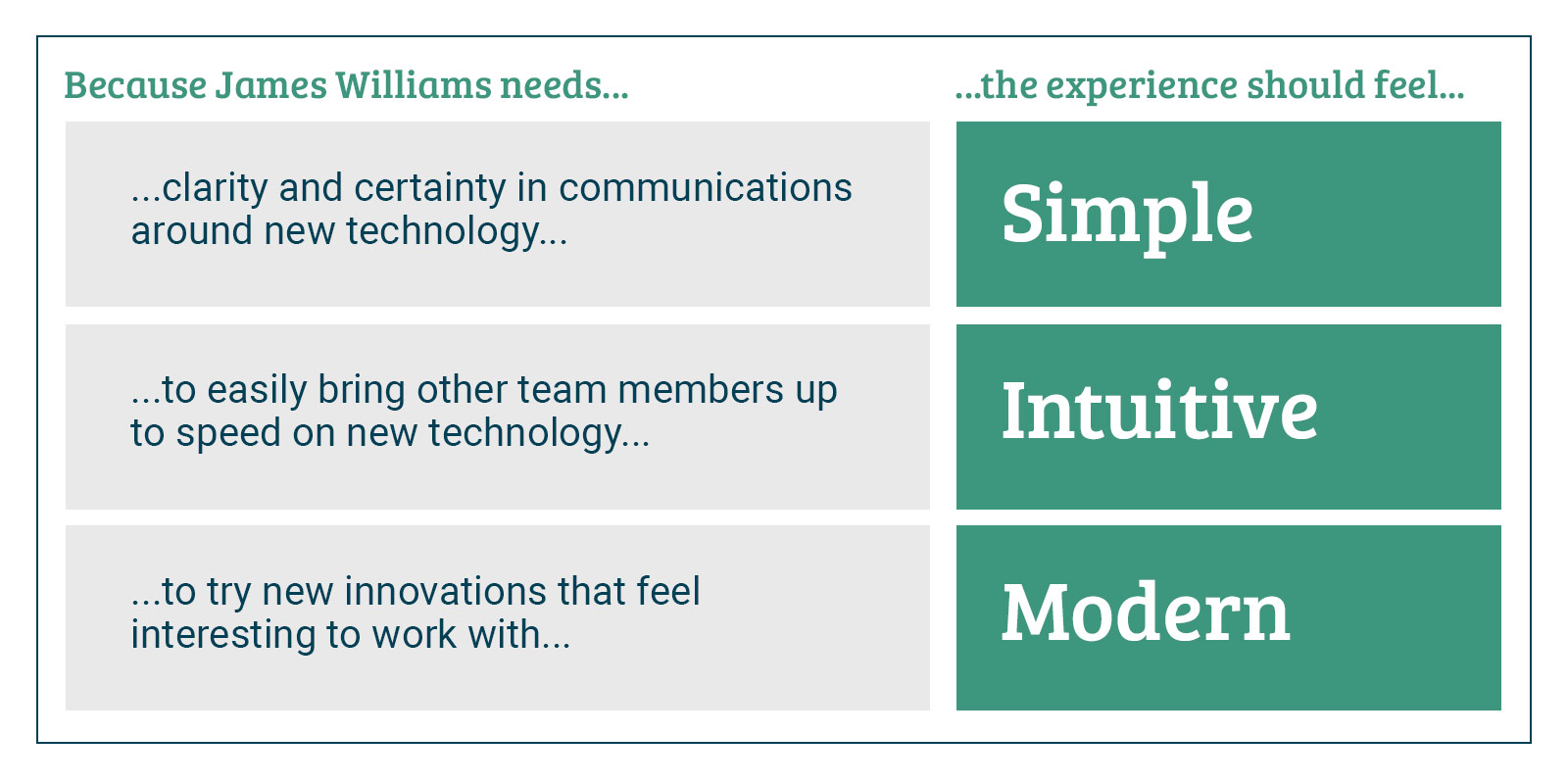Customer journey mapping is the process of defining an end-to-end customer experience, starting from before the customer has ever heard of your company, and continuing far beyond the point that they become a customer.
The goal of customer journey mapping is to gain a deep understanding of customers, the needs that motivate them to interact with your product or service, the behaviors they are likely to have as those interactions occur, and the end-to-end path they take in doing so. By mapping the journey out in a document, businesses gain a unique advantage of not only being able to easily identify barriers that may prevent customers from moving forward within the journey, but also the ability to better align organizational processes with what the customer is experiencing.

While the journey itself is a 2-dimensional, linear process of navigating from interaction to interaction, or touch point to touch point, there are multiple layers required to customer journey mapping that make it meaningful and powerful. Each of these layers progressively build upon insights from the previous layer to make the next layer work. The end result is a customer journey with rich interactions that are deeply thought out, and feel profound to the user. The diagram above shows an overview of the relationship between the four layers, and how the insights from each layer trickle down to become more meaningful in the next layer.
-
Personas
The types of customers or users that will interact with your brand or product.
-
Needs
The essential criteria that motivate the decisions the user will make throughout the journey.
-
Experience Principles
Reverse engineering the needs to drive meaningful interactions at every touch point.
-
Customer Journey
The path the user takes in order to discover and interact with a product or service.
We’ll explore the customer journey mapping in two articles: part 1 will cover the first three fundamental layers that form the basis of the customer journey, and part 2 will cover the actual customer journey itself.
Layer 1: Personas
Nurturing a deep understanding of a segment of customers or users

The easiest way to think of personas is to compare them to baseball cards. A persona is a single page (okay, sometimes two pages if they’re really detailed) snapshot of a segment of customers or users, showing their stats and skills, likes and dislikes, and more. Rather than try to understand every unique user, it’s far simpler and more effective to visualize segments as an archetype, or a single type of user.
User experience designers create these personas as fictional human beings, but treat them with the same levels of empathy as a real customer, because they represent a broad grouping of real customers. As such, personas should be humanized as much as possible – give them a name, an age, a face, a career path, and traits specific to the product or brand. A persona for a technology company, for example, might have traits like software proficiency, technical skill level, social media aptitude, favorite apps, and preferred mobile devices. Some of the things I personally like to include in my personas are:
-
Goals
What drives this persona? What do they want out of their career, or their life? What do they enjoy? How do they want to spend their time? Can we help them reach these goals?
-
Motivations
Why does this persona want to engage with the product or service or brand in the first place? What are they looking to accomplish? What do they hope to get out of the experience?
-
Frustrations
What makes this persona go crazy with frustration? What problems and challenges do they face? How can our product or service address or resolve these frustrations? What have they not found in our competitor’s products or services that we offer?
-
Fears
What keeps this persona awake at night? What’s on the back of their mind when they make decisions? What’s the worst that can happen if this persona engages with our product or service?
Building personas is the first and most critical step in the customer journey mapping process, because all the other layers rely heavily on translating the insights in the persona layer into something meaningful, so it’s important that personas are a collaborative effort and have buy-in organizationally. That said, your personas aren’t just a byproduct of your customer journey mapping initiatives, but are actually extremely beneficial artifacts if used across the company. Sales and marketing teams benefit from personas by understanding who they are speaking to, which determines where and how connections are made, what type of language is used, and what sort of messaging is highlighted. Product and engineering teams benefit from personas by knowing who the intended users of new features are for, and how these features are prioritized in a backlog.
For the purpose of this article though, personas form the backbone of the customer journey mapping exercise, and help create user empathy in order to understand our user’s perspectives and identify with their needs.
Layer 2: User Needs
The criteria that motivates the decisions a persona will make throughout the customer journey

Once personas are created for all (or most) of your user segments, it’s time to translate those insights into something valuable and actionable. After analyzing the goals, motivations, frustrations and fears of the personas, create a series of stack-ranked statements that summarize what the user needs in the customer journey in order to guide their decisions.
I like to present these needs as What/Why statements that clearly and concisely explains what the user needs, and why they need it, like this:
[Persona] needs [what they need], in order to [benefit of acquiring the need].
The persona layer alone is a valuable tool in any organization’s toolkit, but translating the information contained in the persona into profound statements of a persona’s needs makes that information immediately actionable. Now you have the ability to ask yourself “are we helping to meet these needs?” or more importantly, “what must we change in our customer journey to meet these needs?”
Sometimes a persona’s real needs aren’t even specifically directly related to your product or service, and that’s fine, they don’t always have to be! They probably have secondary needs that necessitate engaging with your product or service. The important thing here is user empathy – understanding where your persona is coming from, what their frame of mind is, how they prioritize their decision making, and what values rank highly in their minds. This will make a lot more sense on the next layer, the Experience Principles.
Layer 3: Experience Principles
Reverse engineering the user needs to discover the underlying principles that should be felt in the customer journey

After defining the persona’s needs, the logical next step is to determine what those needs mean, and how they can be addressed in the customer journey and user experience. If the needs are the questions, the experience principles are the answers. They represent the underlying principles that should be felt at every touch point with the persona in order to drive meaningful interactions, and influence continued engagement through the journey. While the experience principles don’t necessarily influence the actual product or service being offered, when felt on the interaction points along the journey, they speak to the user on a deep subconscious level, and reaffirm in the minds that their needs are being met.
I structure my experience principles a little bit like a mad libs game, and present them in the form of a sentence with this format:
Because [persona] needs [summary of the need], the experience should feel [experience principle].
In the example above, we can see that when designing a feature, planning an interaction point, or catering the customer journey for the John Williams persona, the experience should feel either simple, intuitive or modern, or some combination of the three. We can also surmise that experiences that feel complex, ambiguous or old-fashioned will probably be a huge deterrent to this persona. Any user experience designer who is creating a customer journey for this particular persona, or designing interaction points that hugely benefit this persona, can now ask themselves how the touch points can feel more simple, intuitive and modern.
This is where you probably start to see what I meant earlier in this article, when I mentioned how each of the four customer journey mapping layers progressively build upon each other to provide more meaningful insights. Now that you understand the three fundamental layers, or the building blocks of your customer journey mapping exercise, it’s time to do the real work – the customer journey itself. I’ll cover that in part 2 of this article.
